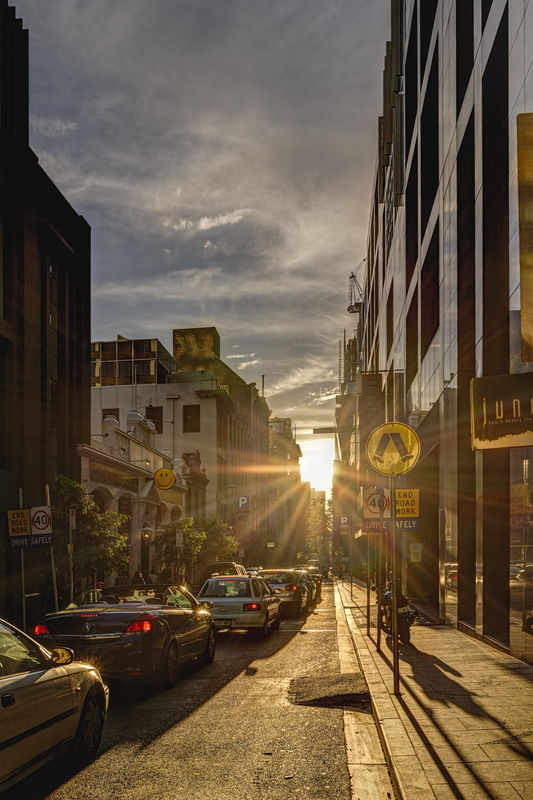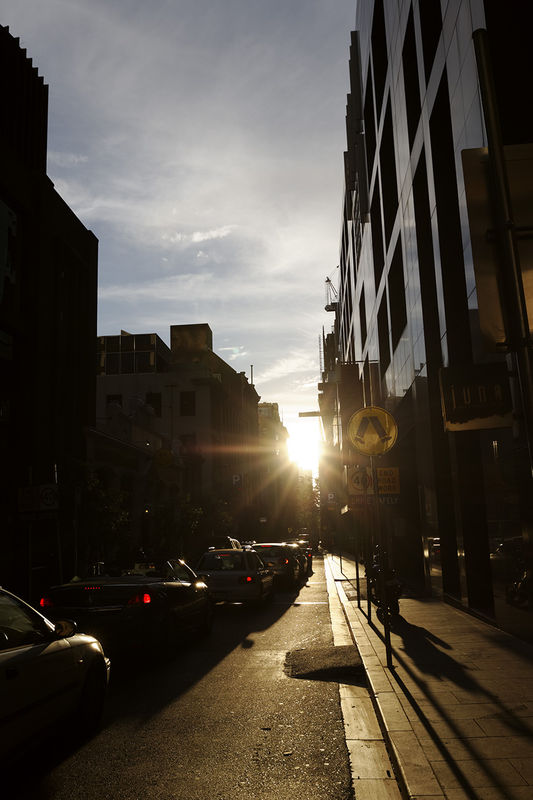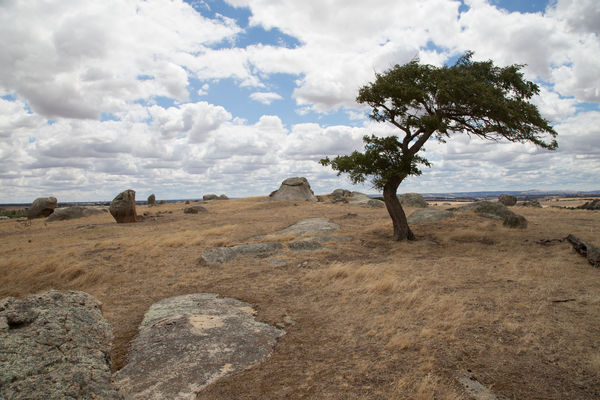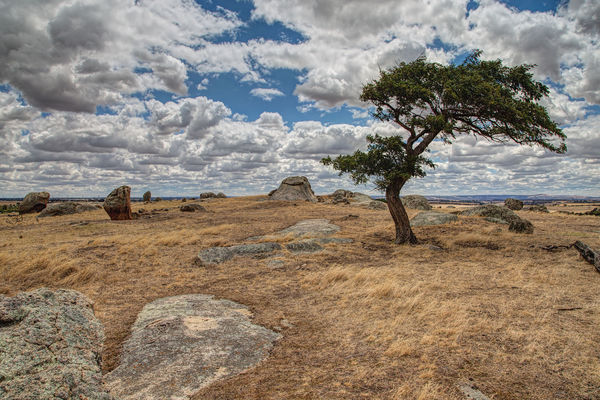Posts for: andrew.haysom
Oct 11, 2014 14:32:04 #
Billyspad wrote:
Processed this from 3 images months ago and never ... (show quote)
Who cares what the purists say! The fact is you have a resultant image with heaps more interest and pop. Great stuff!
Sep 12, 2014 05:46:04 #
tonypal wrote:
1st time trying my hand at HDR. Would appreciate any suggestions .
Ok, you asked for some critique.
Firstly, I think you've applied a good amount of HDR "touch" haven't gone overboard at all.
That said, I agree with previous poster that there does appear to be some "patches" in the sky and some halos around the building, which usually means the tone-mapping has been slightly over-applied.
I would also try to recompose the shot so the tops of the buildings do not get chopped off, and I would also try to straighten the verticals.
I also agree with previous poster that the sensor spots are pretty obvious in the sky, these are easily cloned out.
Sep 7, 2014 04:31:05 #
Sep 6, 2014 17:24:02 #
Willie, I really like the HDR treatment in the redo, very good. Now this is probably just because I am a bit OCD, but I'd really like to see the horizon straightened too, then it will be perfect.
Sep 5, 2014 16:23:46 #
fjrwillie wrote:
Very Nice...I especially like the reflections off the cars of the sun !!! Like little repeating patterns. To see these one must look at the download.
Did you do any PP and if yes, care to expand on the process.
Willie
Did you do any PP and if yes, care to expand on the process.
Willie
Willie, sure - my usual process
Convert RAWs to 16-bit TIFFs in DxO Optics Pro to remove any lens distortion, straighten verticals (perspective) and remove any chromatic aberration.
Process the 16-bit TIFFs in Photomatix Pro, pretty sure this one used the Interior 2 pre-set with some very minor slider tweaks.
Process the HDR image in PS CC, used Topaz Detail to sharpen (Light preset), and Topaz Clarity (Natural 3 preset) to pull a little more detail out of shadows.
Sep 3, 2014 06:19:30 #
HDR process using Photomatix Pro
Sep 3, 2014 03:39:35 #
willard3 wrote:
It's a good idea to turn off tone mapping in your hdr software; it will help with haloing.
+1
Sep 2, 2014 07:27:39 #
SoHillGuy wrote:
I'm partial to the third HDR. It has less haloing, and less of a painterly appearance. It could use just a touch of contrast to it.
I tend to agree with SoHillGuy and would also straighten the horizon.
Jun 28, 2014 23:32:47 #
CaptainC wrote:
I am busy right now, but here is one thing you nee... (show quote)
Really enjoying this thread as I know very little about flash / lighting. I have to ask, what is possibly a dumb question. How can the shutter speed only control ambient light and not the flash light? Isn't it all going through the same hole?
May 29, 2014 17:58:34 #
fjrwillie wrote:
I assume when you refer to Exposure Fusion, you ar... (show quote)
My intent was to simply show that you can get some reasonable results with a single RAW file using HDR software, definitely achieving higher dynamic range in the final JPG image.
Whether you guys want to call it HDR or not is really of no matter, just semantics to me. I still believe the discussion of this deserves to sit in a HDR forum (not sure if it the intent of those who seem so keen to say it is not HDR to suggest that it does not belong here - but that is the impression I have).
May 29, 2014 07:56:37 #
I have recently joined a camera club that has a monthly competition. Last month was my first competition and I entered the "Experienced" competition (other option was "Novice"), and the theme for the month was "Open" (photographers choice).
I was lucky enough to get a third prize with this image.
Picture taken with my Canon EOS 60D and Sigma 120-400mm lens at full 400mm extension, in my local park. The bird is a Superb Fairywren.
I was lucky enough to get a third prize with this image.
Picture taken with my Canon EOS 60D and Sigma 120-400mm lens at full 400mm extension, in my local park. The bird is a Superb Fairywren.
Third
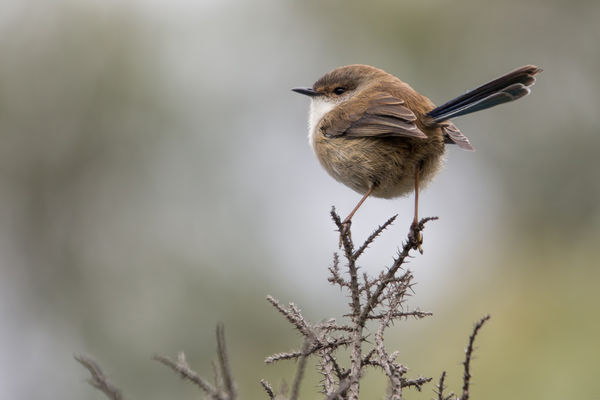
May 29, 2014 07:50:48 #
jimbo70 wrote:
I tried to upload a group of photos to Flickr and they ended up in reverse order. Can I change the order in Flicker or do I need to upload them in reverse order so they come out right?
Yes, you can change the order by changing the date/time field "Date Posted On". To do this click the three dots icon and choose Edit Dates, then edit the "Date Posted On" field. The photo stream is sequenced by this field.
May 29, 2014 07:14:45 #
Topaz Denoise is very good, but the Prime noise removal option in DxO Optics Pro V9 (available only on RAW images) is much better. Takes much longer but is much better.
May 29, 2014 07:08:04 #
tsilva wrote:
the definition of HDR is "high dynamic range&... (show quote)
Here is an example that I think shows that some of what you say above is not correct.
This was an example where I bracketed exposures, but due to it being a very windy day there was far too much movement in the tree for the de-ghosting feature in Photomatix to effectively deal with.
The second image was created by creating a -2, -1, 0, +1, +2 image in ACR from the single RAW, then combining these in Photomatix. Surely you have to agree this version has more dynamic range than the straight zero exposure.
This has not been created using one of the tone-mapping presets, but one of the exposure fusion presets, so there is no tone mapping involved.
Anyway, just trying to say that there are cases when multiple exposures don't work, and you can still use your HDR software to get a better result. Whether you want to call it HDR or not, well that's up to you, and as I said before, is just semantics.
May 28, 2014 18:58:38 #
bsprague wrote:
With all due respect, I will disagree with your st... (show quote)
With due respect to you, I think we are agreeing using different words. Of course you are going to get a much better result by bracketing exposures, and the best result when you manually check exposure levels in the darkest and brightest parts of your scene.
However I still believe there is a place for the pseudo-HDR approach I described above when circumstances do not allow the use of bracketed exposures. For example, lots of moving tree branches on a windy day, or pulling detail from the feathers of a bird in flight.
I also agree that you could probably manipulate the RAW image manually in Lightroom or similar to get as good (or maybe better) results, but many people may find letting the HDR software do it for them a little easier.
You are using HDR software to create an image with a higher dynamic range when using this pseudo-HDR technique, so I do not have a problem with anyone calling it HDR. If you look for most on-line definitions of HDR, they say things like "will generally use multiple bracketed exposures", they do not say "must use".
